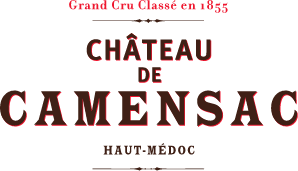Château de Camensac:
a model history
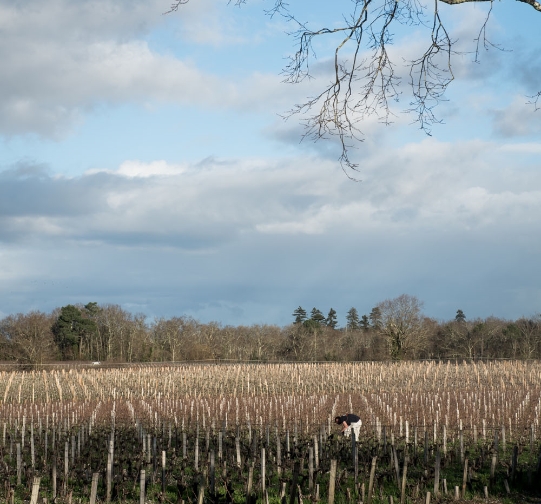
The Médoc region benefited from a development campaign, under King Henry IV, which successfully drained the marshy terrain.
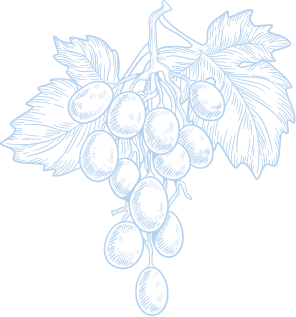
16th century:
the development of a terroir
This locality in the commune of St Laurent Médoc was described in Gascon as the “path that leads to water” on the Belleyme map of 1767. Discover a property steeped in ancient and contemporary history, with a longstanding tradition of innovation.
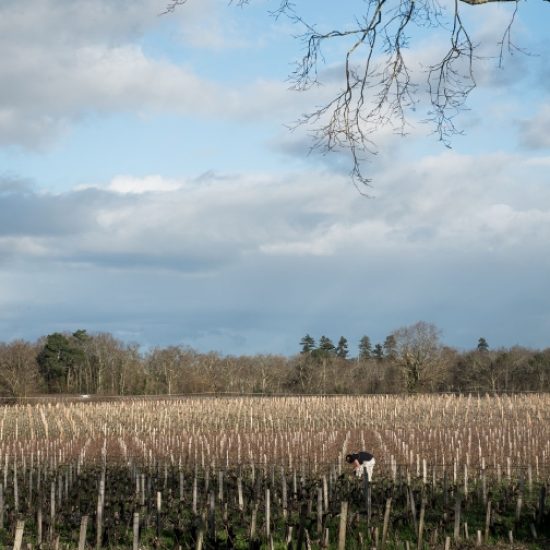
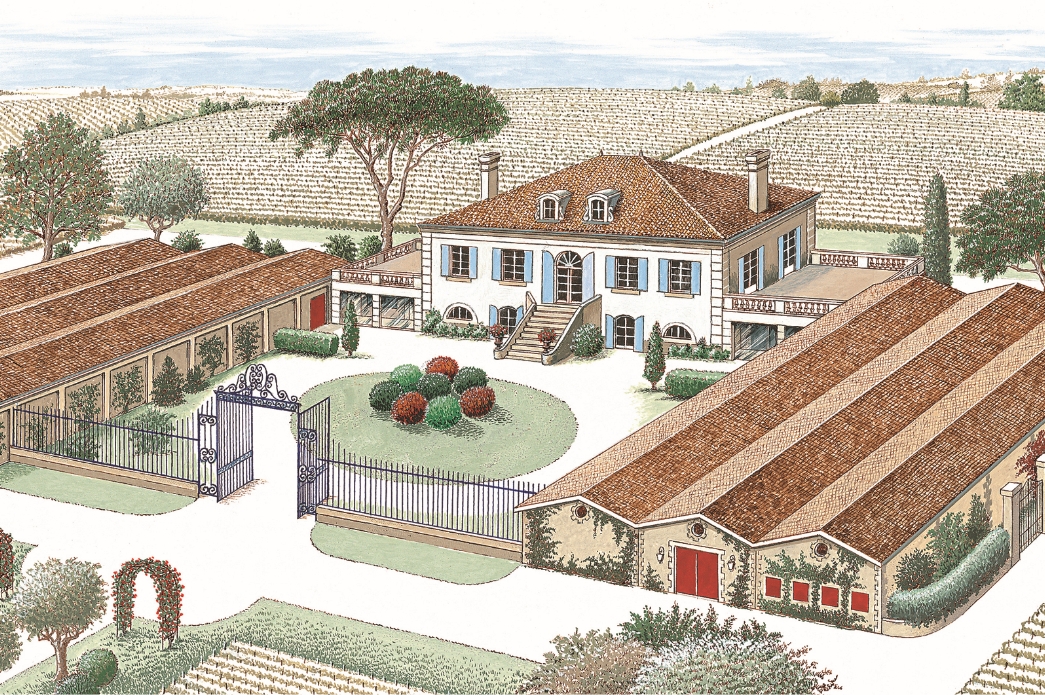
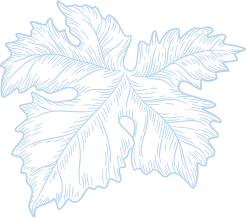
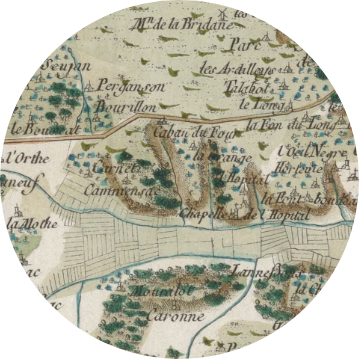
1701
a locality was noted by Cassini and Belleyme
There was a house and vines on the Camensac site, surrounded by marshland and the vineyards of Château de la Tour Carnet and Château Lagrange.
1799
The construction of the Château
During the turmoil of the French Revolution, when Delphine-Catherine de Brassier, Baroness of Budos and owner of the seigneury of Beychevelle died, the estate was divided up. Her daughter kept Château de Beychevelle, but the State took Camensac and Lamarque. Camensac was then sold at auction. Joseph Popp bought the estate in 1799. The Popp family, originally from Hamburg, was one of the Hanseatic families who settled in the Chartrons district in 1707 to trade.

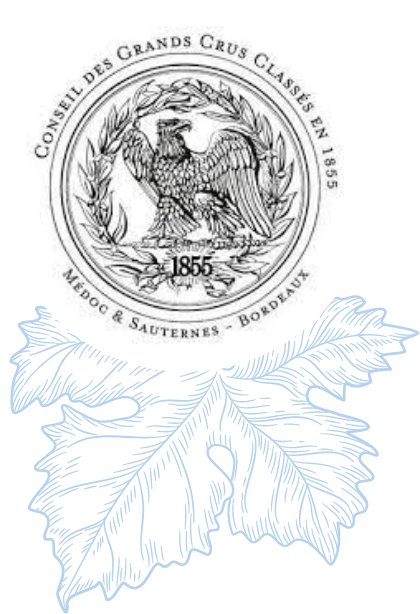
1855
Recognized as a Grand Cru
Napoleon III decided to organize a universal exhibition in 1855 in Paris, and official committees were therefore set up to select the products and works of art to be exhibited. The Bordeaux wine industry brokers established a classification, going from first to fifth growth (cru), published on 18 April 1855. The 1855 classification recognized the ability of the Popp family and the Camensac terroir to produce a world-class wine.
1860
A model vineyard
Bruno Popp took over the reins of Château de Camensac and enlarged the winery 1860, creating the basis of the current facilities. These were designed in a particularly innovative fashion. The château’s new mobile wine press was embraced throughout the Médoc.
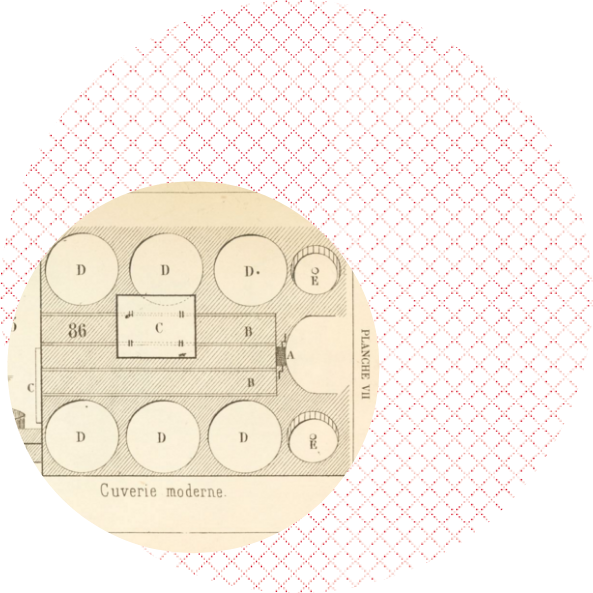
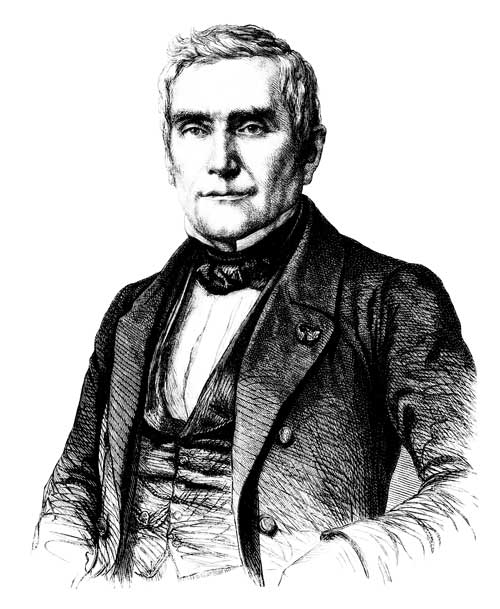
1887
A lieutenant at the helm
Alphonse de Tournade (a Naval Lieutenant) and Antonia Garrigou (granddaughter of Antoinette de Lapeyrière) bought the property which was put up for sale when there was no one to continue to manage it in the Popp family.
1906
In the hands of a conqueror
In 1906, on the death of Alphonse and Yvonne Tournade, the property was sold to Count Lahens (who owned Larose-Trintaudon and Perganson).
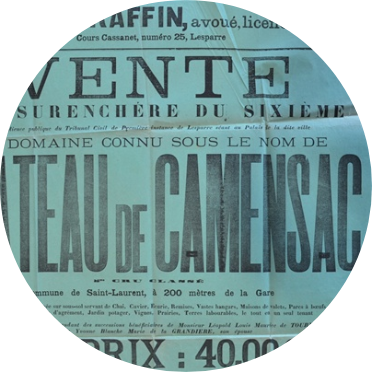
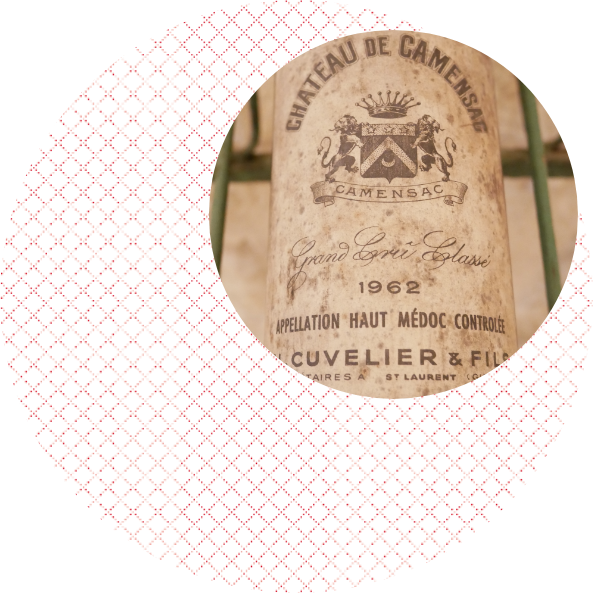
1912
Waiting for Poyferré
In 1912 Paul and Albert Cuvelier who already owned Château Le Crock in St Estéphe, became the new owners of Château de Camensac.
1964
A new start
When Elysée and Henri Forner bought the vineyard in 1964, it was in a sad state. The plots from which Camensac originally made its wine had practically been abandoned. With the sustained, efficient and competent support of the famous Emile Peynaud, the owners dedicated themselves to restoring the property to its former glory and giving expression to a great terroir. They continued until 2005.
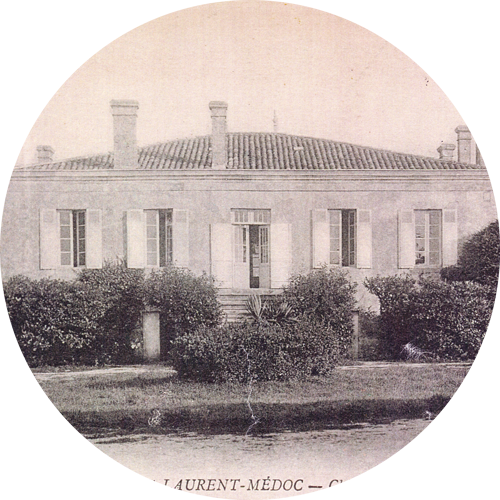
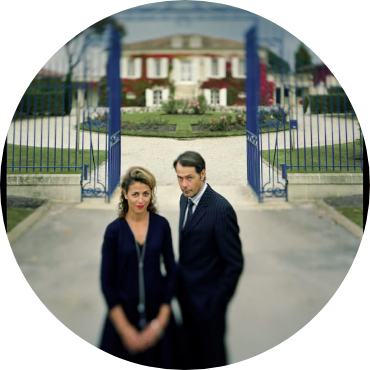
2005
The Merlauts
In 2005, Château de Camensac was bought by Jean Merlaut and Céline Villars-Foubet. Their aim was to boost the property’s reputation, which had suffered due to its absence on export markets. The Merlaut family has one of the finest portfolios of Médoc properties, which includes Gruaud-Larose, Haut Bages Liberal, Ferrière, Chasse-Spleen, and Citran.
2021
Environmental commitment
Committed to a High Environmental Value (HEV) approach, Château de Camensac obtained level 3 HEV certification and began an agro-ecological programme.
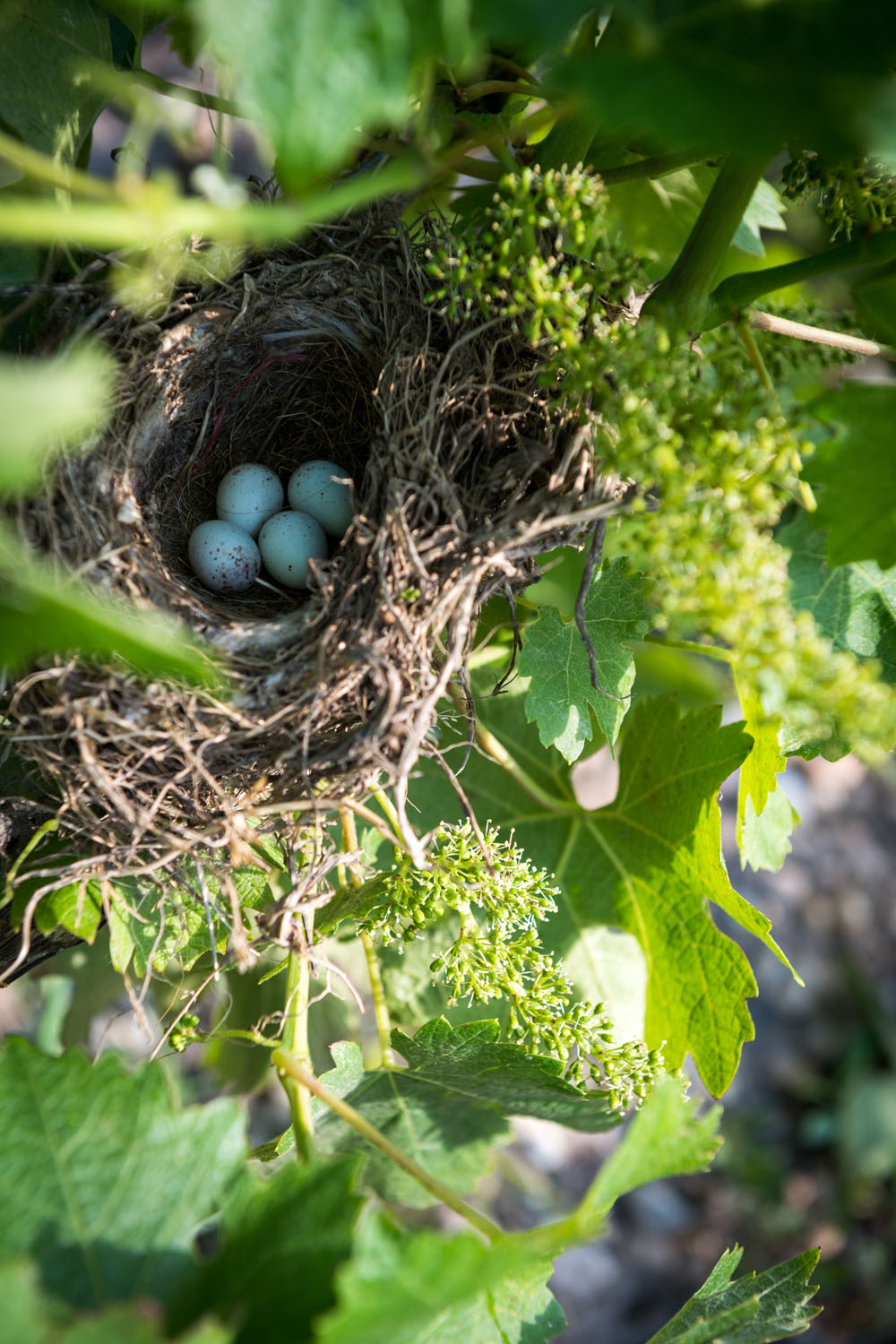
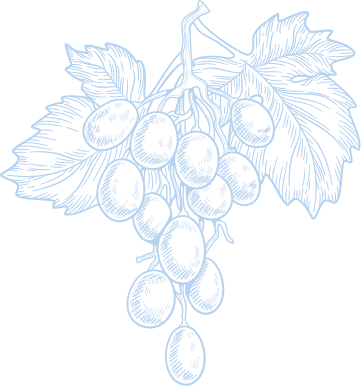
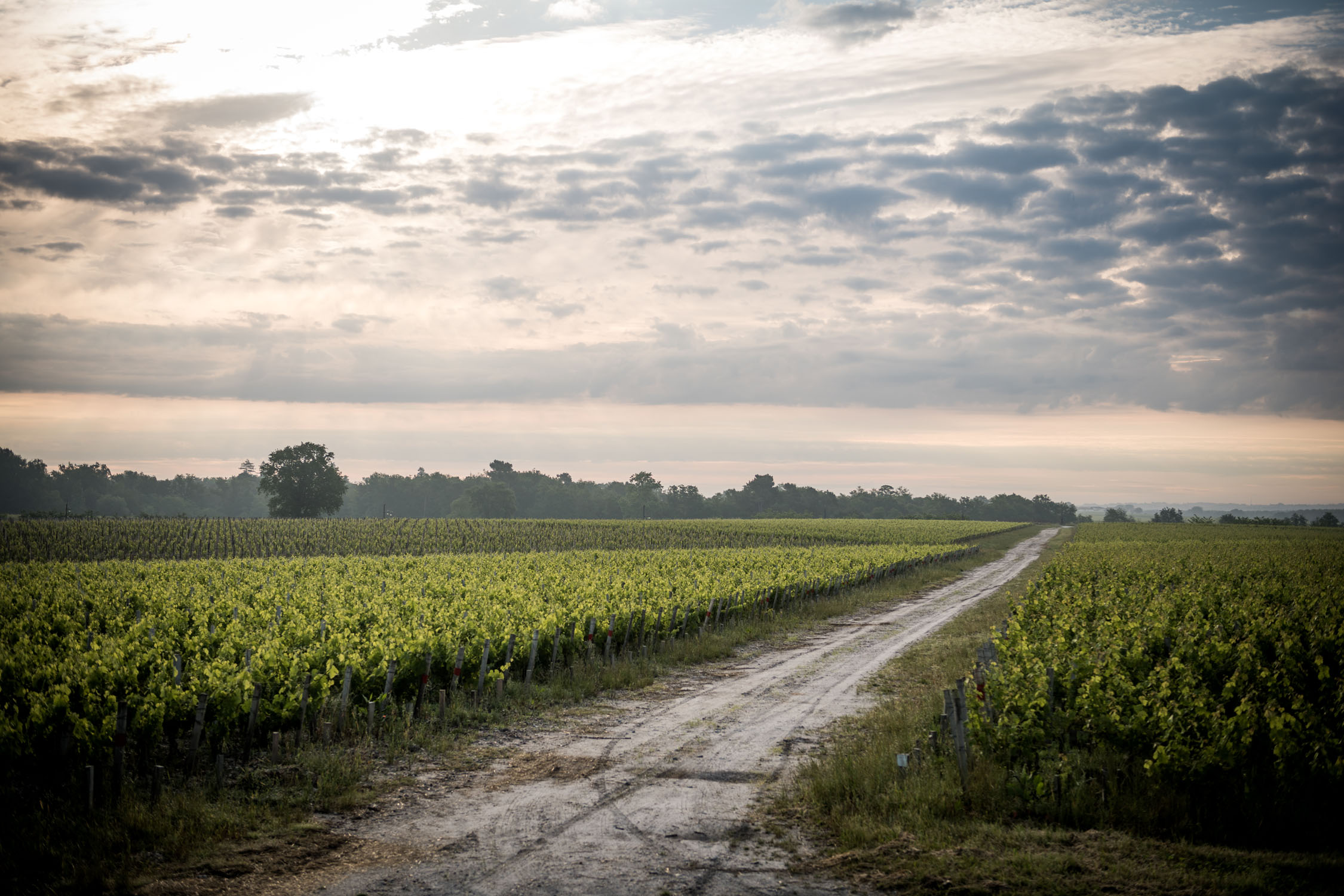
The vision is of long-term management, and the passing of the property to future generations.
The reflection of an enterprising family, that has the benefit of experience and expertise.


The vision is of long-term management, and the passing of the property to future generations.
The reflection of an enterprising family, that has the benefit of experience and expertise.

